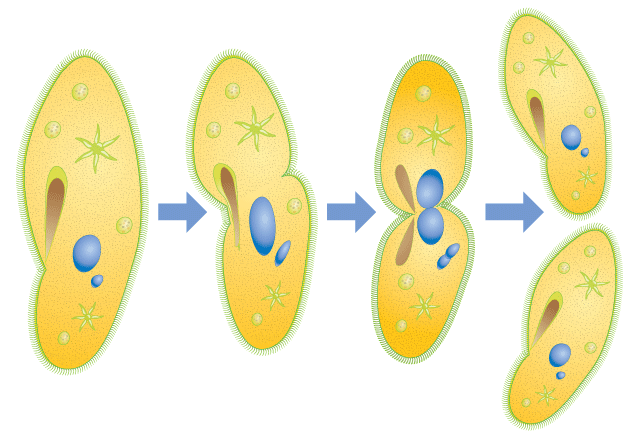
Progressive insights into the principles defining the molecular and cellular requirements for internal vs. Overall, we operationally define two principally different division modes: internal budding found in cyst-forming Coccidia (comprising endodyogeny and two forms of endopolygeny) and external budding found in the other parasites studied (comprising the two forms of schizogony, binary fission and multiple fission). suis by maintaining a single multiploid nucleus. In addition, we provide new data from the causative agent of equine protozoal myeloencephalitis (EPM), Sarcocystis neurona, which also undergoes endopolygeny but differs from C. suis produces daughters through both endodyogeny and multiple internal budding known as endopolygeny. bigemina produces two daughters per division round by a “binary fission” mechanism whereas C. Here we add to this diversity in replication mechanisms by considering the cattle parasite Babesia bigemina and the pig parasite Cystoisospora suis. gondii divides by endodyogeny producing two internally budding daughters per division round. divide asexually by schizogony, producing multiple daughters per division round through a cortical budding process, though at several life-cycle nuclear amplifications stages, are not followed by karyokinesis. and Toxoplasma gondii, a major cause of opportunistic infections. Division modes have been primarily studied in two human pathogenic Apicomplexa, malaria-causing Plasmodium spp. We find that the terminology used to describe the various manifestations of asexual apicomplexan cell division emphasizes either the number of offspring or site of budding, which are not directly comparable features and has led to confusion in the literature.


The Apicomplexa display remarkable variation in offspring number, whether karyokinesis follows each S/M-phase or not, and whether daughter cells bud in the cytoplasm or bud from the cortex. The horizon on cell division variants is expanded here by advancing insights on the fascinating cell division modes found in the Apicomplexa, a key group of protozoan parasites. Cellular reproduction defines life, yet our textbook-level understanding of cell division is limited to a small number of model organisms centered around humans.


 0 kommentar(er)
0 kommentar(er)
